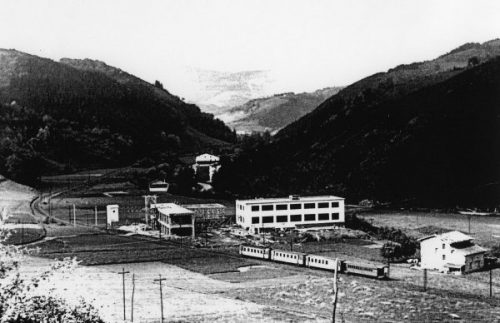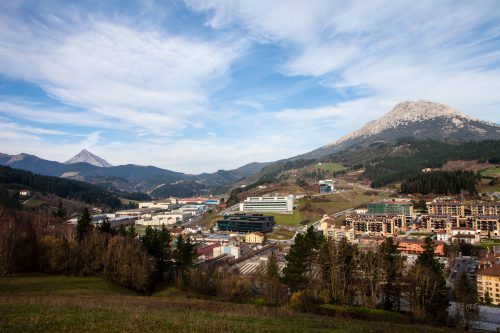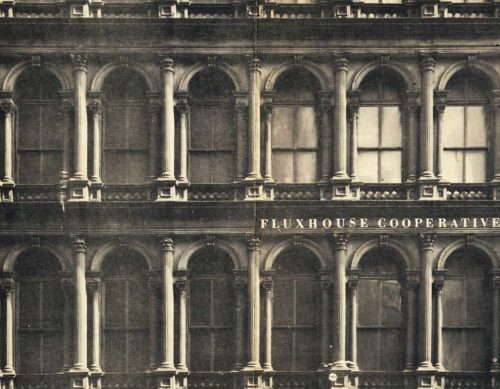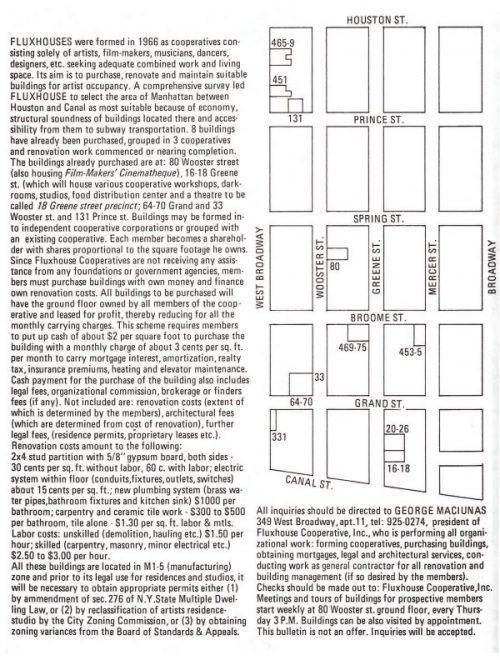March 4, 2019
By Fanyu Lin
I’m honored to be a guest lecturer at University of Massachusetts Boston this Spring 2019 semester in Dr. Kenneth Reardon’s classes for Master of Science in Urban Planning and Community Development (UPCD). This university’s newly established graduate program is committed to educating a new generation of progressive urban planners, designers, and real estate developers to create more vibrant, equitable, sustainable, and resilient neighborhoods, communities, cities, and regions in the United States and abroad.
In addition to the program’s successful partnership with community-based organizations to promote economic development, affordable housing, and small business development as well as to specifically address social and environmental equity issues and serve the needs and interests of underrepresented communities, this program also holds a rather unique approach to integrate its research, teaching, and out-reach activities through a global lens.
Most recently, Dr. Reardon’s team has incubated the plan to bring Mondragon Cooperative Complex to Boston in collaboration with Mondragon Corporation, and has successfully attracted many prominent supporters including George Soros from Open Society Foundations.

The Mondragon Corporation is one of the most successful social enterprises, and creates the world’s largest cooperative economy, and an advanced industrial economy competing in global markets. It has evolved from a regional worker cooperatives founded by priest Don Jose Maria Arizmendiarrieta with a group of graduates from a local technical college in the Basque region of Spain into this highly internationalized cooperative group active in industrial, financial and retail sectors as well as in the field of knowledge and education, with revenue above 12 billion EUR (2017). Most notably, it became a global benchmark with regard to working in cooperation and achieving social transformation through the means of economic structure of the cooperative enterprise.


In the United States however, few cooperative groups have reached a significant scale measured by firms created, people employed, revenue generated, or scalable growth projected. While Mondragon’s success is uniquely due to its social, cultural, historical, geographical, and political factors, it is the premise of University of Massachusetts Boston’s collaboration project to incorporate and to adapt the Mondragon model starting with knowledge and education components. I think it is a smart approach, since the first cooperative of the Mondragon also started as a technical school, which was fundamental to the formation of the cooperative complex through transferring technology and knowledge, as well as imparting wisdom and social vision. This collaboration could potentially provide a critical path to the answer of how can American cities and other global cities apply the replicable strategies of the Mondragon model and further develop them into different economic and business models through an organic process of their own evolution from within?
Dr. Reardon’s Community Development course explores the intersection of urban planning and social movements that emerged in response to the post-WWII urban crisis, and traces the rise of community development during the 1960’s by weaving three interrelated trends: rise of new social movements; changes in the social production of space; and the advent of the post-industrial/informational society.


In the class, I introduced our current practices at Fluxus LLC, an impact enterprise and technology company, committed to improving the quality of life through a new way of delivering sustainable and affordable housing with intelligent manufacturing and industrialized method in communities across the economic spectrum, as well as our company’s heritage that can be traced back to more than half a century ago:
George Maciunas, founder of Fluxus art movement drafted “Fluxhouse, Plan for an Artist Condominium in New York City (1966)” in recognition of the scarcity of economical working and living space for artists is part of the general problem arising from urban obsolescence and decay, and formed FluxHouse Cooperatives (1966-1975) in SoHo, Lower Manhattan to purchase, renovate and maintain suitable buildings for creative communities’ occupancy. The combined efforts of Maciunas’ architectural, urban and social ventures continue to serve as an influential case study for socially conscious real estate development model that is being replicated around the world, as Maciunas envisioned:
“It is our belief that the introduction of an artistic nucleus as FluxHouse into such an area can pave the way for other similar projects and perhaps initiate the conversion of a marginal and deteriorating commercial district into a cultural center with value extending far beyond the immediate bounds of the community. “
— George Maciunas, A Step in the Direction of a Solution, Fluxhouse, Plan for an Artist Condominium in New York City, c. 1966
Whether it’s a worker cooperative with an all-encompassing ecosystem like the Mondragon Corporation, expanding from a technical school in the 1940s, adding the Bank Cooperative in the 1950s, and the Research and Development Cooperative in the 1960s and early 1970s, and then the Cooperative Group that is self-sufficient in finance, technological innovation, manufacturing, marketing and distribution, or it’s a smaller size corporation to address specific social and urban issues like FluxHouse Cooperatives, at the core of any cooperative business model, its success is centered on the following key attributes:
- Empowerment of the Worker/User;
- Wealth-building for Community;
- Cooperation through Network/Ecosystem;
- Sustainable Growth from Self-sufficient to Export Capacity.
How can we learn from those attributes and apply them to other business models serving community development beyond the cooperative enterprise?
For example, in our efforts at Fluxus LLC to deliver housing solutions for low-to-middle-income households, we seek opportunity to contribute to the sustainable growth of selected region’s local economy through investing in and building high quality affordable housing based on advanced manufacturing of modern prefabricated building systems with partners who are leaders throughout the supply chain in this field. We aim to create wealth for the alliances that we are collaborating with, for the ecosystem that we are part of, and above all, for many people, families, and communities who are beneficiaries of our collective efforts.
In some industrial or post-industrial cities, we propose to establish production and manufacturing centers in order to not only address the region’s local affordable housing needs, but also help foster local employment and create an export center for neighboring regions. Due to the ease of an onsite assembling method which requires unskilled workers, modern prefabrication solutions like FluxHouse has the potential to further engage local communities and businesses in the construction process, thus linking other parts of the local economy.
Other examples can be found in the emerging new models of Shared Ownership housing schemes and Shared Equity Homeownership programs. Designed properly, they can be game-changers to empower people (the “user”) to advance from dependent to independent.
Another direction, yet to be assessed, lies in the potential of blockchain’s application in real estate and community development. Housing assets and real estate ownership can be digitalized and decentralized, allowing for different business models based on sharing economy.
Today, many challenges and opportunities about urban planning and community development we faced historically are ever present, and are without borders. It is our understanding that any viable architectural design and technological innovation needs to incorporate the interdisciplinary wisdom from urban planning, public governance and multiculturalism justice, given the staggering urbanization process and complexities in the economic, political and cultural modernity with highly subtle contexts of ethnic diversity of many communities across the globe. We are eager to learn from thought leaders to examine case studies in the past, and more importantly, to test strategies for scaling solutions in the present and for the future.
Building a sustainable future with vibrant, equitable, resilient communities and cities is a universal quest, where large private corporations can play vital roles in leading the change. It is not only possible but critical to establish a global consensus to engage large corporations as anchor institutions in cooperation with innovation-driven small businesses, education, research & development institutions, and public sectors to jointly tackle the world’s most pressing issues in an impactful way.
Back to NEWS & VIEWS